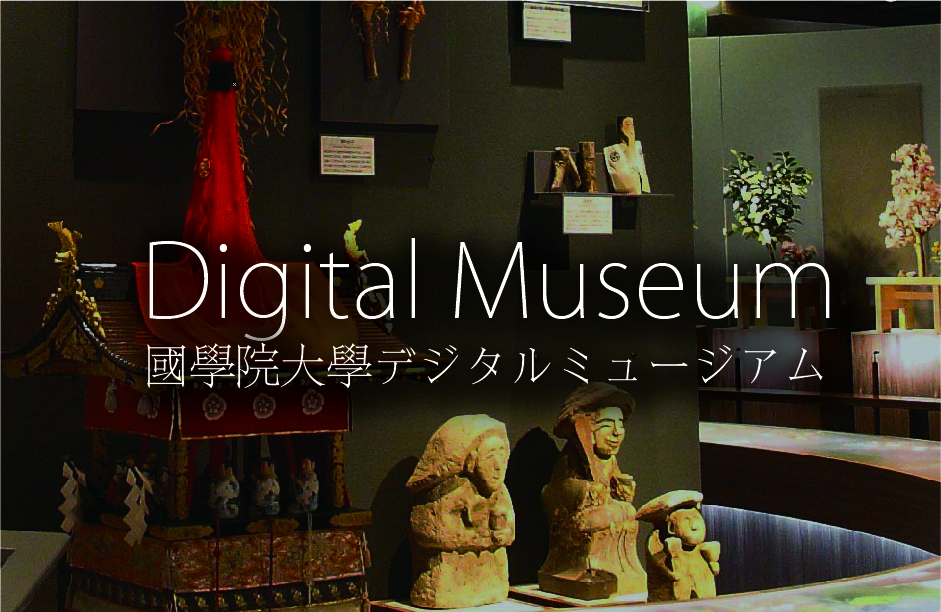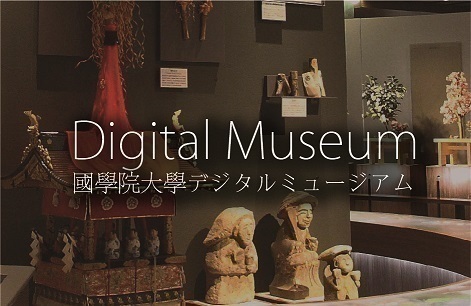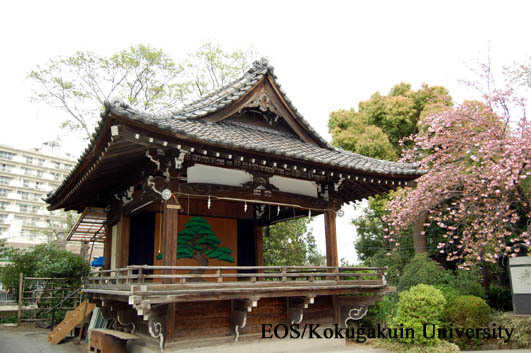- トップ
- Encyclopedia of Shinto
- Kaguraden
Encyclopedia of Shinto
| Main Menu: | |
| Links: |
詳細表示 (Complete Article)
| カテゴリー1: | 4. Jinja (Shrines) |
|---|---|
| カテゴリー2: | Shrine Architecture |
| Title | Kaguraden |
| Text | A pavilion or stage used for the offering of sacred dance (kagura). Also called maidono. Permanent structures for the performance of ritual dance appeared from the late Heian period and spread widely during the subsequent Kamakura period. In some cases, one part of another shrine structure might be used for such performances, while in others, independent structures were built for ceremonies involving dance; in still other cases, the hall of worship (haiden) may serve a dual role as a place for the performance of dance. Independent structures for sacred dance were strongly influenced by the architectural styles of structures built for the performance of ancient court dances (bugaku). Such structures were typically constructed with a raised stage of square (or nearly square) dimensions, without walls but surrounded by ballustrades. Others resemble the style of the Noh stage, which has a pine tree motif. — Mori Mizue |






